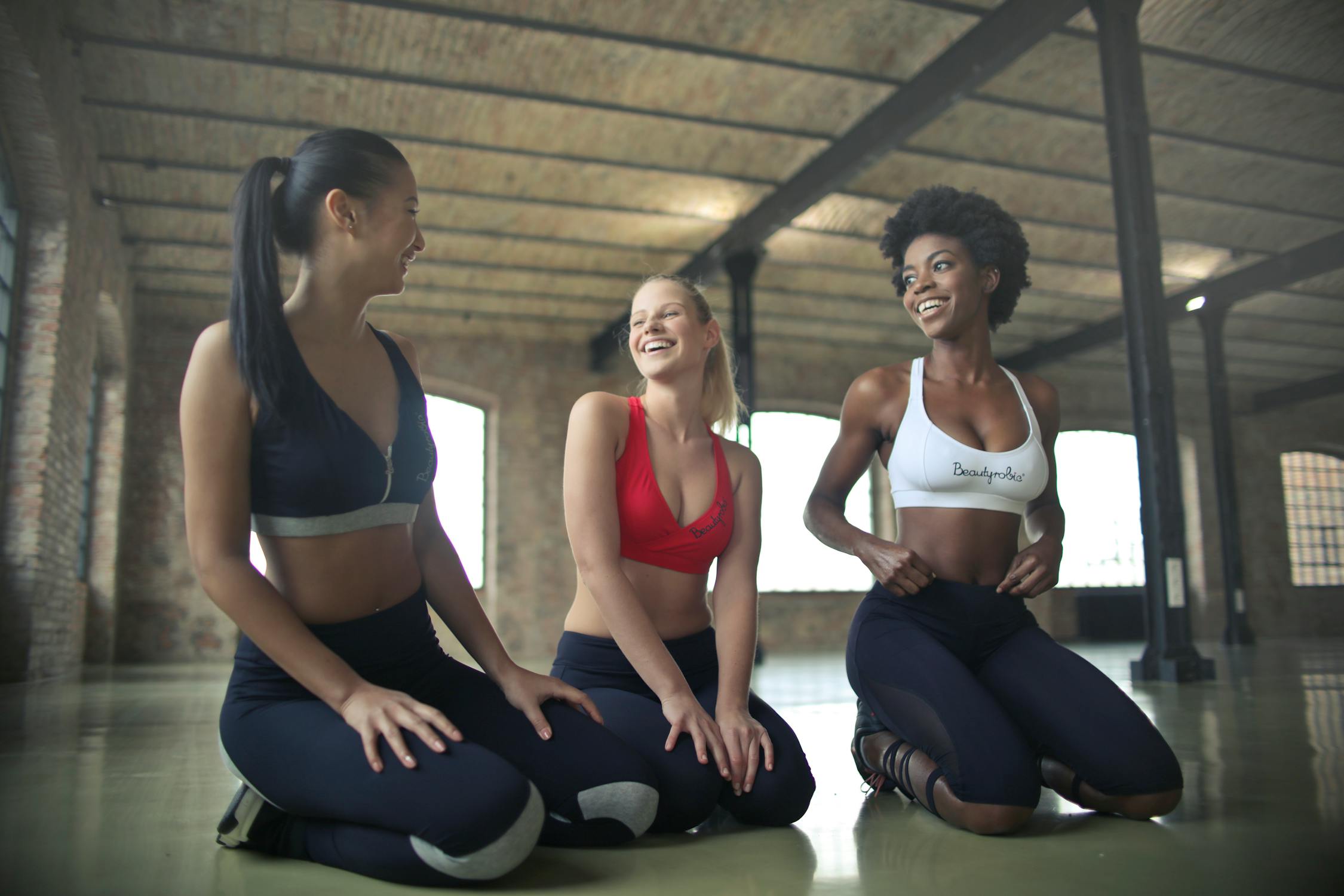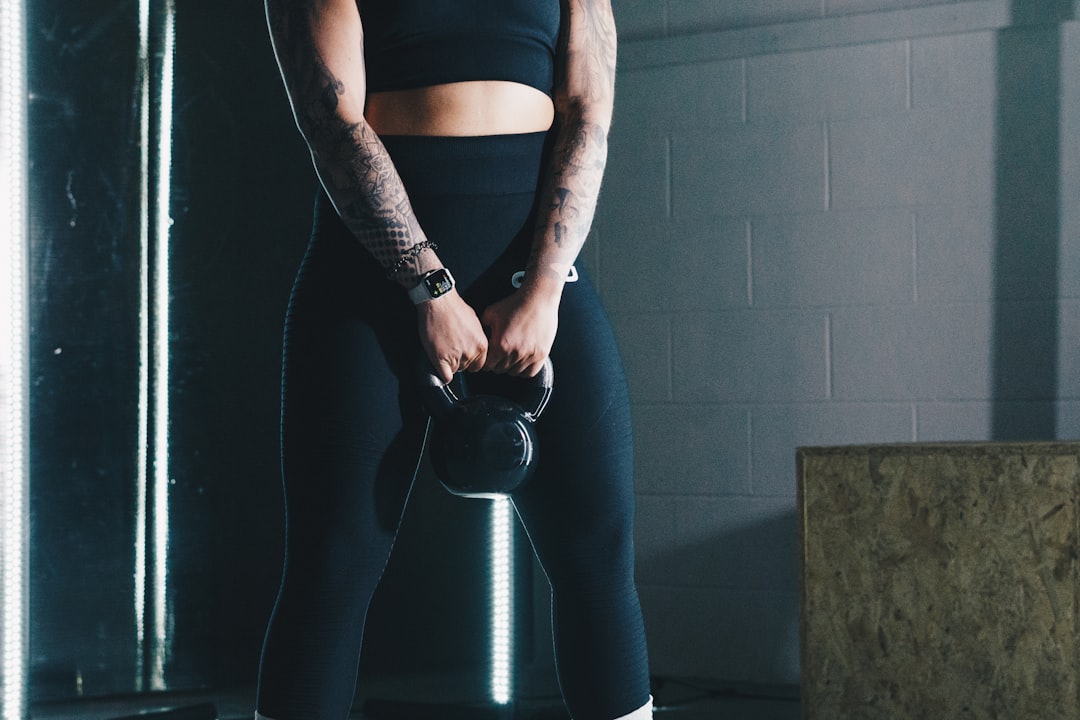In the pursuit of a stronger, more functional body, the core often takes center stage. Beyond aesthetics, a robust core is fundamental for everyday movements, posture, and preventing injuries. Did you know that a strong core can improve balance by up to 30% in older adults, according to a 2018 study published in the Journal of Physical Therapy Science? This highlights its critical role in overall physical well-being.
This guide is designed for anyone looking to enhance their core strength efficiently. In just 10 minutes a day, you can effectively target both your rectus abdominis (the “six-pack” muscle) and your deep-lying transverse abdominis (your body’s natural corset). We’ll explore five highly effective exercises, providing clear instructions and tips to maximize your results. Get ready to build a foundation of strength that supports every move you make.
Understanding Your Core Muscles
Before diving into the exercises, it’s essential to understand the primary muscles we’ll be targeting. The core is a complex group of muscles that stabilize the spine and pelvis, connecting the upper and lower body.
Rectus Abdominis (RA)
Often referred to as the “six-pack” muscle, the rectus abdominis runs vertically along the front of your abdomen. Its primary function is to flex the spine (bringing your rib cage closer to your pelvis) and assist in breathing.
Transverse Abdominis (TVA)
The transverse abdominis is the deepest of the abdominal muscles, wrapping around your torso from front to back, much like a natural weightlifting belt. It plays a crucial role in stabilizing the lumbar spine and pelvis, providing internal support for your organs, and assisting in forced exhalation.
Why both? While the rectus abdominis contributes to visible abs, the transverse abdominis is vital for functional strength, posture, and injury prevention. A truly strong core engages both.
The 10-Minute Core Routine: 5 Essential Exercises
This routine is designed for efficiency and effectiveness. Perform each exercise for the recommended duration or repetitions, moving directly to the next with minimal rest. Aim to complete the full circuit 2-3 times, depending on your fitness level, to reach your 10-minute goal.
1. The Plank (Targets: TVA, RA, Obliques)
The plank is a foundational isometric exercise that strengthens the entire core, with a strong emphasis on the transverse abdominis. It teaches you to brace your core effectively.

- How to Perform: Start in a push-up position, then lower onto your forearms. Ensure your body forms a straight line from head to heels. Engage your core by pulling your belly button towards your spine.
- Duration: Hold for 30-60 seconds.
- Tip: Avoid letting your hips sag or rise too high. Keep your gaze slightly forward to maintain a neutral neck.
2. Dead Bug (Targets: TVA, Deep Core Stabilizers)
The Dead Bug is excellent for isolating and strengthening the transverse abdominis without putting stress on the lower back. It focuses on controlled movement and core stability.

- How to Perform: Lie on your back with your arms extended towards the ceiling and knees bent at 90 degrees over your hips. Slowly extend your opposite arm and leg towards the floor, keeping your lower back pressed into the mat. Return to the start and repeat on the other side.
- Repetitions: 10-12 repetitions per side.
- Tip: The key is to maintain a stable core and prevent your lower back from arching. Move slowly and with control.
3. Bicycle Crunch (Targets: RA, Obliques)
Bicycle crunches are a dynamic exercise that effectively targets the rectus abdominis and obliques, providing a twisting motion that engages multiple abdominal muscles.

- How to Perform: Lie on your back, hands behind your head, and knees bent. Lift your shoulders off the floor. Bring your right elbow towards your left knee while extending your right leg. Alternate sides in a pedaling motion.
- Repetitions: 15-20 repetitions per side.
- Tip: Focus on bringing your elbow towards your knee, not just your head. Control the movement and avoid yanking your neck.
4. Leg Raises (Targets: Lower RA)
Leg raises primarily target the lower portion of the rectus abdominis. This exercise helps build strength in the often-neglected lower abs.
- How to Perform: Lie on your back, hands under your glutes for support (optional). Keep your legs straight and slowly raise them towards the ceiling until your hips lift slightly off the floor. Slowly lower them back down, stopping just before they touch the floor.
- Repetitions: 12-15 repetitions.
- Tip: Ensure your lower back remains pressed into the mat throughout the movement. If your back arches, don’t lower your legs as far.
5. Reverse Crunch (Targets: Lower RA, TVA)
The reverse crunch is excellent for targeting the lower rectus abdominis and engaging the transverse abdominis by focusing on pelvic tilt and lift, rather than spinal flexion.
- How to Perform: Lie on your back with knees bent and feet flat on the floor, or with knees bent at 90 degrees and shins parallel to the floor. Engage your core and slowly lift your hips off the floor, bringing your knees towards your chest. Control the descent back to the starting position.
- Repetitions: 12-15 repetitions.
- Tip: Avoid using momentum. Focus on the controlled lift and lower, feeling your lower abs do the work.
Integrating Core Work into Your Routine
Consistency is key when it comes to building core strength. Incorporating this 10-minute routine into your daily or near-daily schedule can yield significant benefits over time. Consider adding it as a warm-up before a main workout, a cool-down, or even as a standalone session on rest days.
Progression and Safety
As you get stronger, you can increase the duration of holds, the number of repetitions, or the number of circuits. Always prioritize proper form over speed or quantity. If you experience any pain, stop the exercise immediately. Listening to your body is crucial for safe and effective training.
“A strong core is the foundation for all movement. It’s not just about aesthetics; it’s about functional strength that supports your entire body.” – Dr. Stuart McGill, Professor Emeritus, Spine Biomechanics, University of Waterloo.
Visualizing Your Progress: Core Strength Metrics
Tracking your progress can be highly motivating. While visible abs are a long-term goal influenced by body fat percentage, you can measure core strength improvements through performance metrics.
Simple Progress Tracker
Use a simple table to log your performance over time. This helps you see tangible improvements in strength and endurance.
| Exercise | Week 1 Goal | Week 4 Goal | Week 8 Goal |
|---|---|---|---|
| Plank | 30 sec | 45 sec | 60 sec |
| Dead Bug | 10 reps/side | 12 reps/side | 15 reps/side |
| Bicycle Crunch | 15 reps/side | 20 reps/side | 25 reps/side |
| Leg Raises | 12 reps | 15 reps | 20 reps |
| Reverse Crunch | 12 reps | 15 reps | 20 reps |
This table serves as a guideline. Adjust the goals based on your current fitness level and how quickly you adapt to the exercises.
Beyond the Routine: Holistic Core Health
While targeted exercises are crucial, a truly strong core is also supported by overall lifestyle choices. Nutrition, hydration, and adequate rest all play a role in muscle recovery and growth.
The Role of Breathing
Proper breathing techniques, particularly diaphragmatic breathing, can significantly enhance transverse abdominis activation. Focusing on deep breaths that expand your belly, rather than just your chest, helps engage these deep core muscles. For more on the importance of core stability, consider reading this article from the American Council on Exercise (ACE) on Core Strength and Stability.
Posture and Daily Habits
Maintaining good posture throughout the day, whether sitting or standing, continuously engages your core muscles. Be mindful of slouching and actively try to keep your spine aligned. Even simple acts like walking with purpose can contribute to core engagement.
A strong core is more than just a fitness goal; it’s an investment in your overall health and functional movement. This 10-minute routine provides an accessible and effective way to build strength in both your rectus abdominis and transverse abdominis, contributing to better posture, reduced back pain, and improved athletic performance.
Consistency is your most powerful tool. Dedicate just 10 minutes a day, and you’ll begin to feel the transformative power of a truly strong core. Remember to listen to your body, maintain proper form, and celebrate every small victory.
Ready to commit to a stronger you? What core exercise are you most excited to try first, and how do you plan to fit this routine into your busy schedule?
Take the first step towards a stronger core today!
